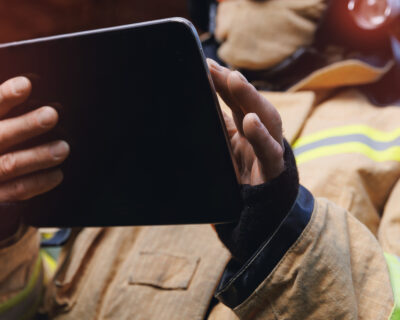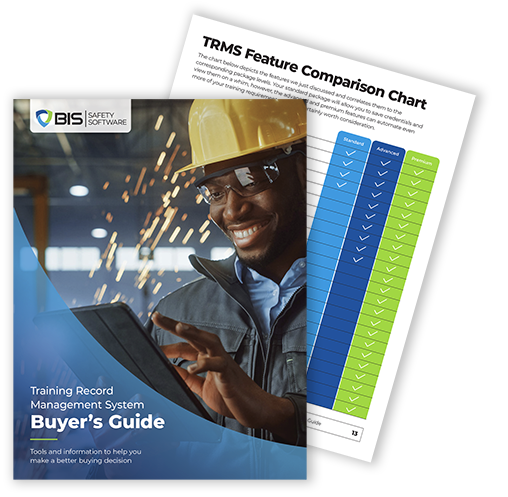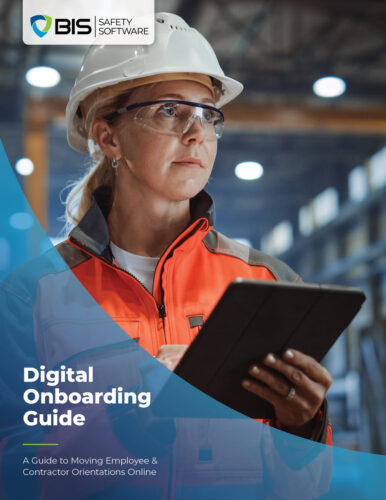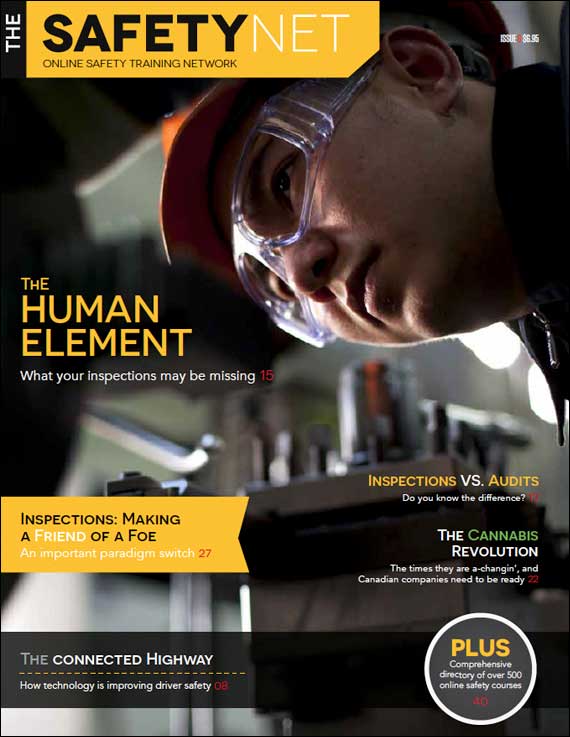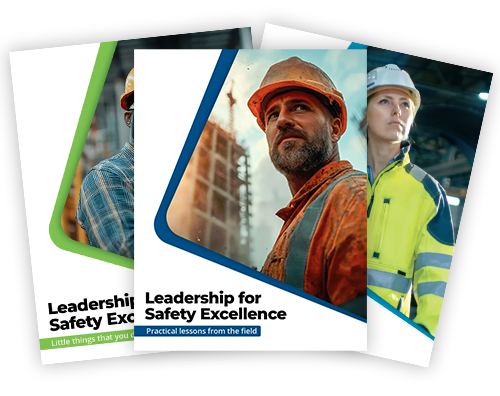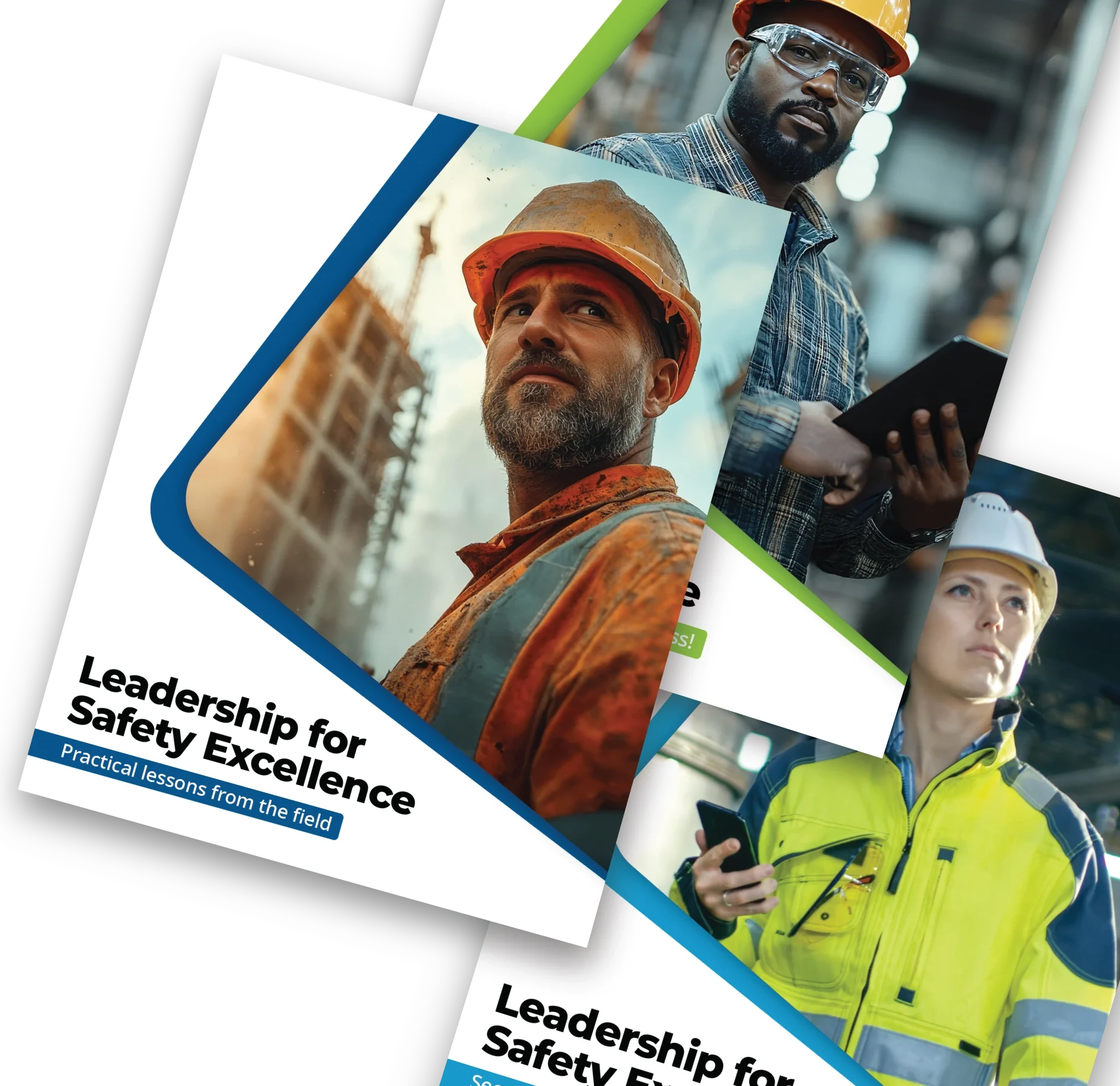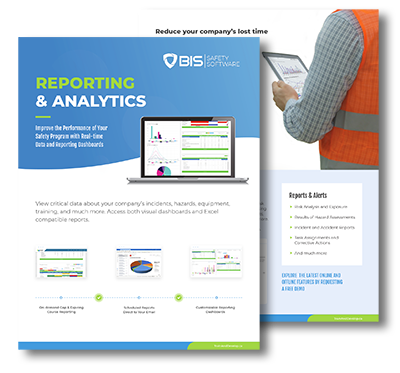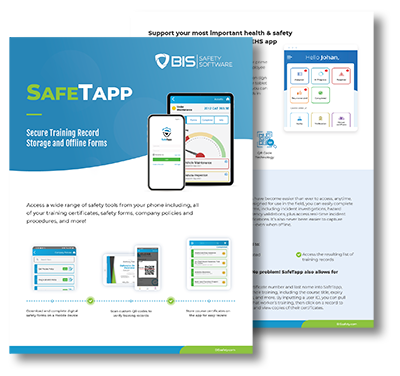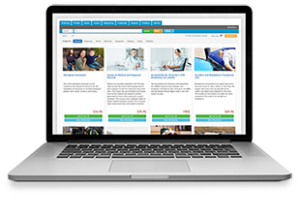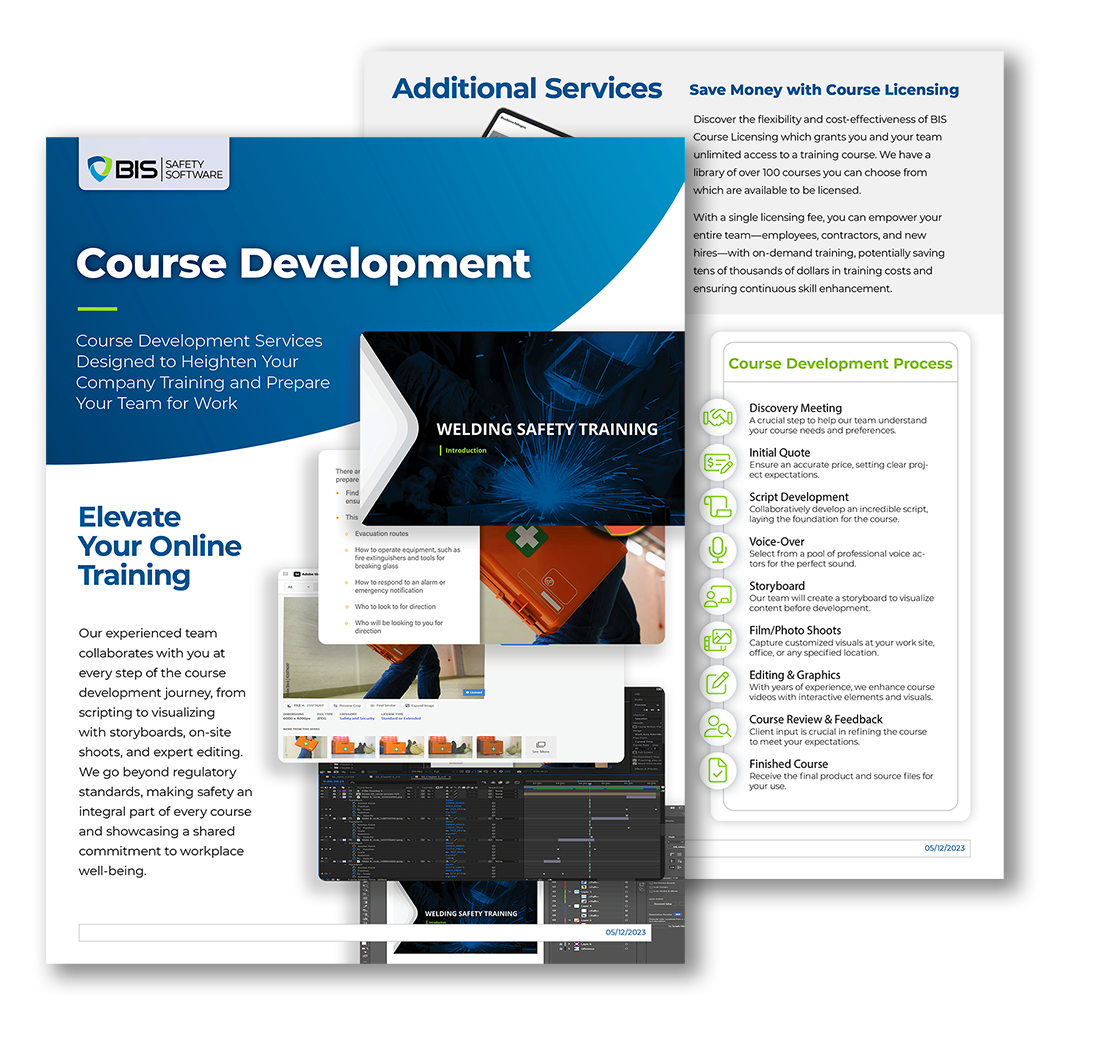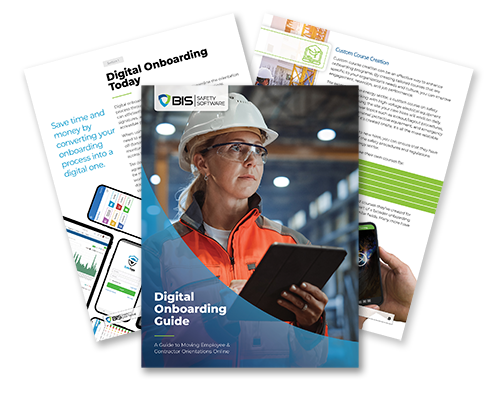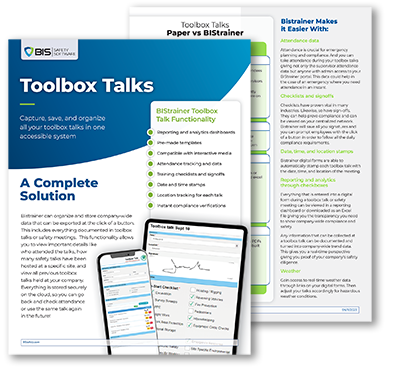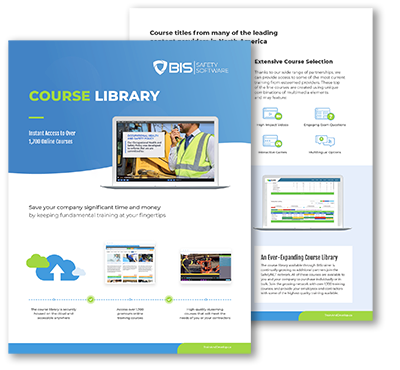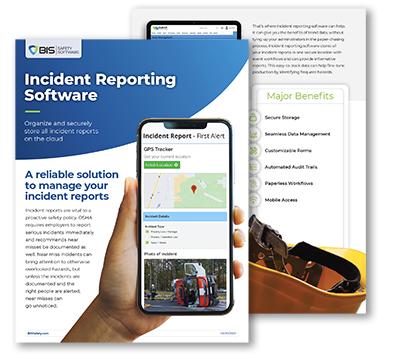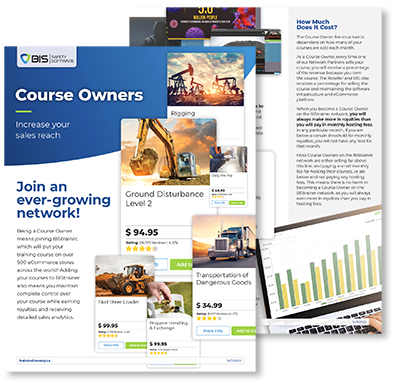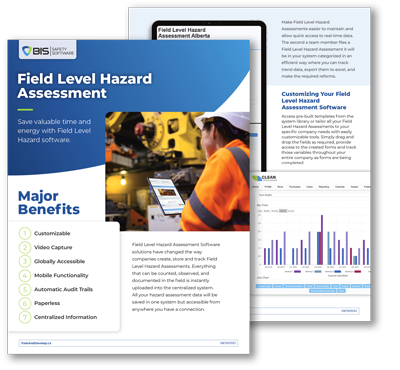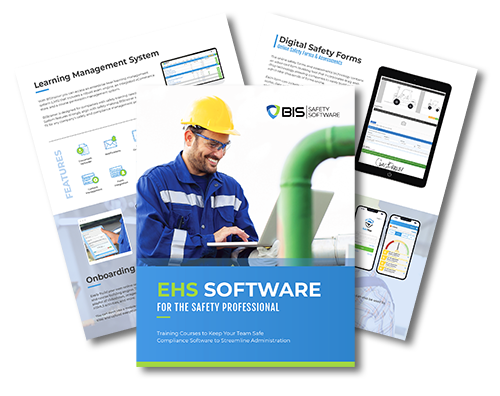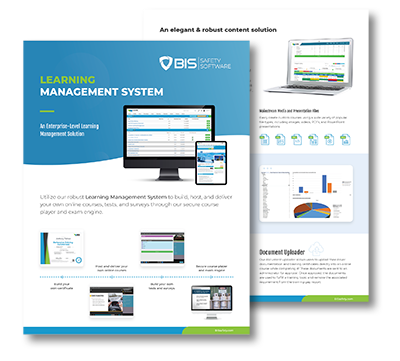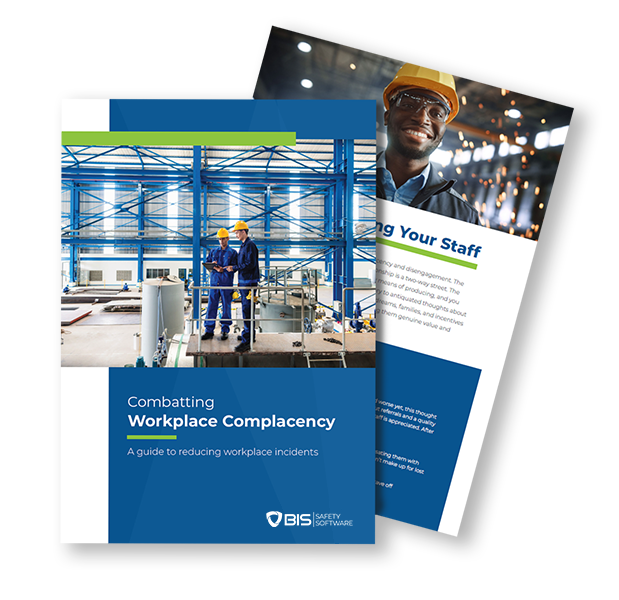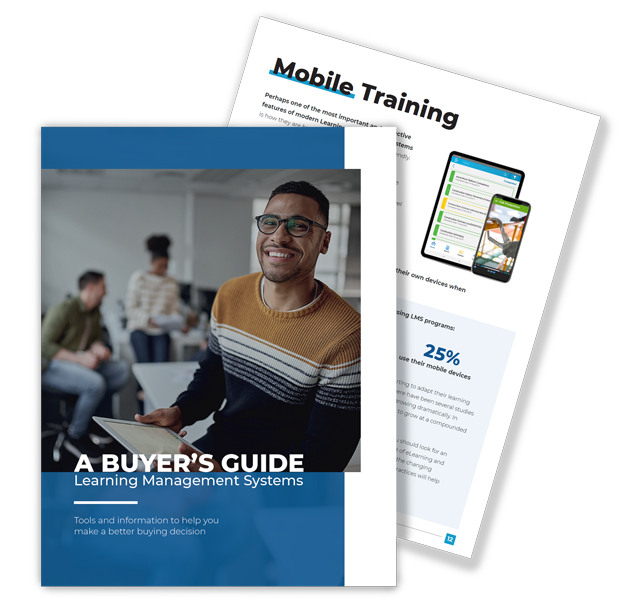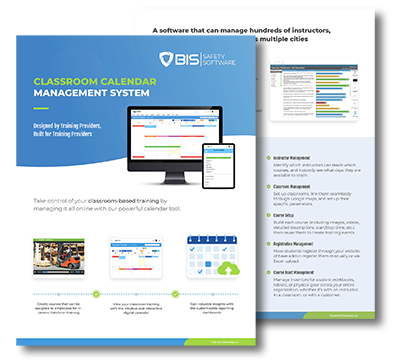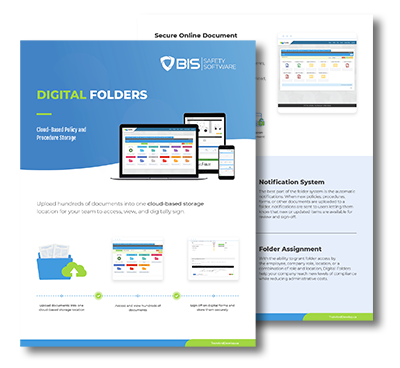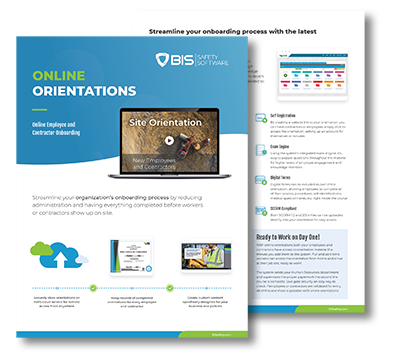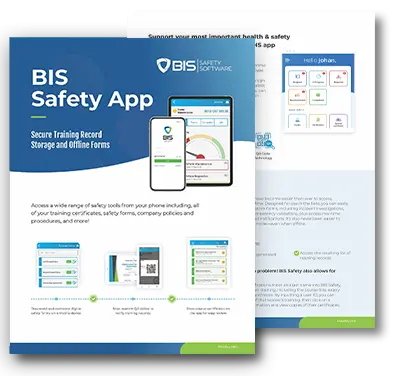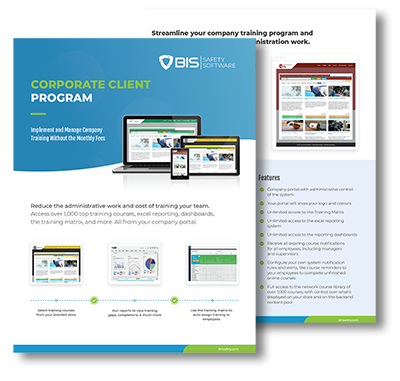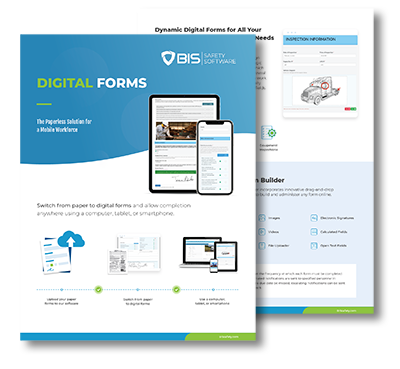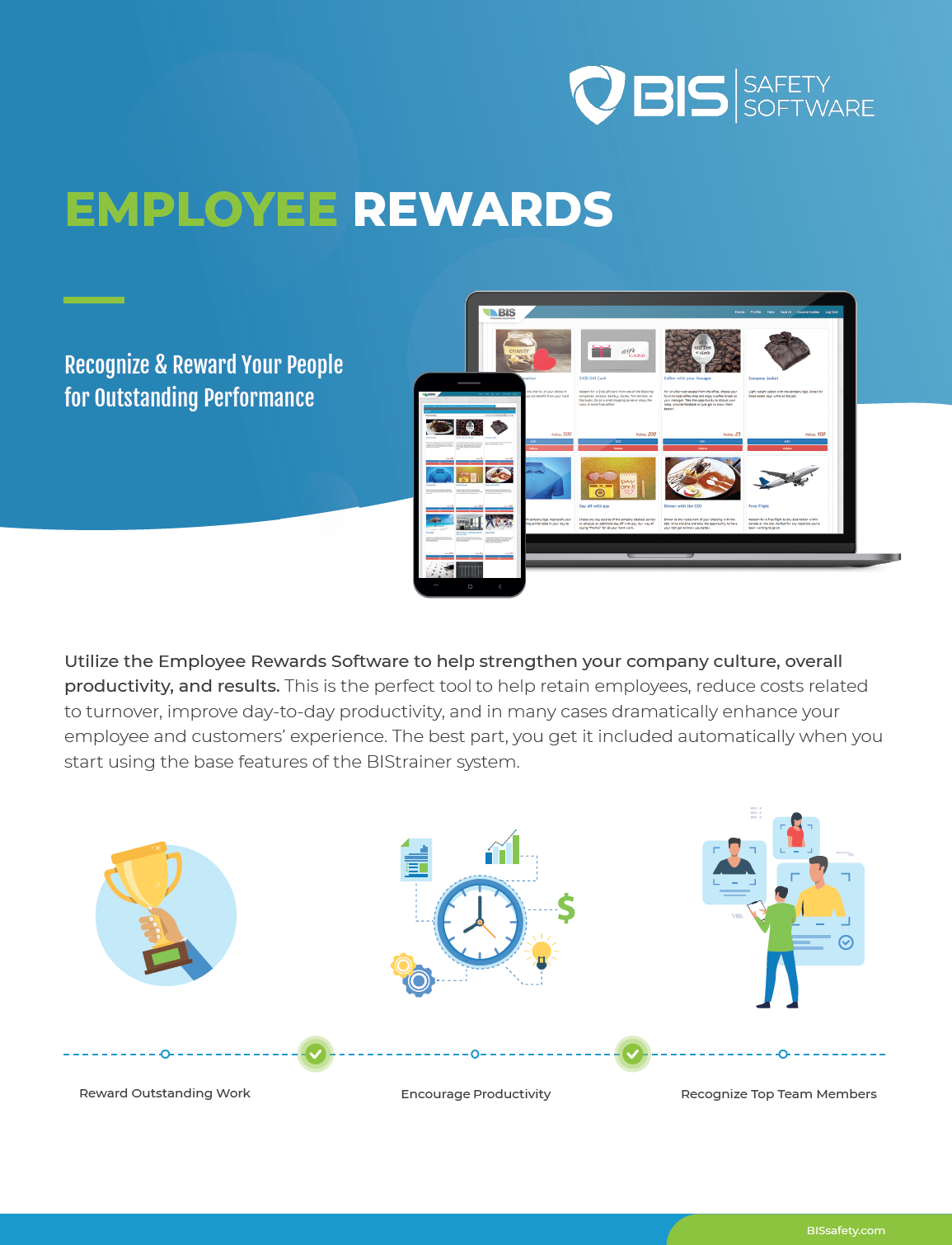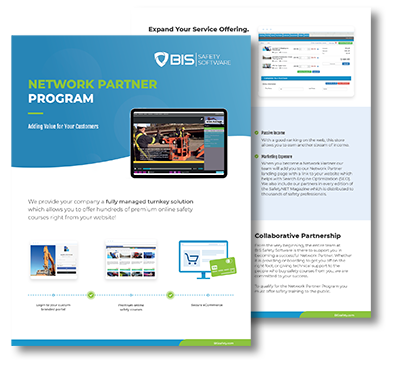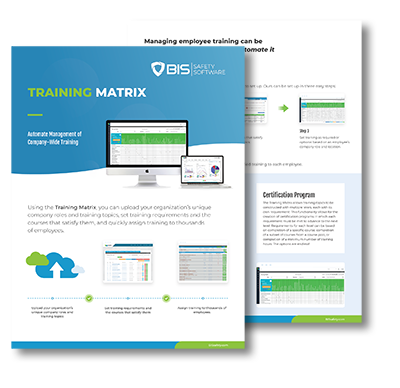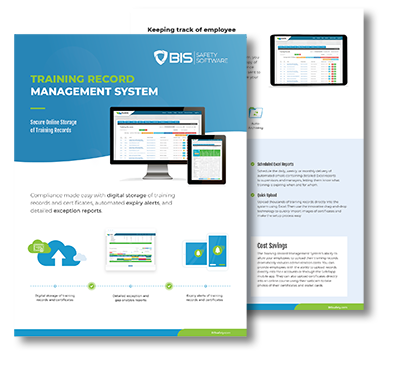
Fast-Tracked Onboarding That Doesn’t Compromise Safety
In industries where every second matters, there’s pressure to get workers on the job fast. But skipping over proper onboarding? That’s a safety risk no company can afford. On the flip side, bloated onboarding can slow productivity and create confusion.
The solution lies in balance. With the right digital tools, safe and fast employee onboarding is not only possible, it’s the new standard.
1. Start Smart with Digital Platforms
Traditional onboarding is full of bottlenecks. Digital platforms solve that by:
- Combining training, forms, and credentials in one place
- Enabling mobile onboarding before day one
- Storing time-stamped records automatically
Workers show up ready, not just scheduled.
2. Automate Key Processes
Manual steps create delays and errors. A good onboarding platform automates the workflow:
- Assigns training by job role
- Sends reminders to complete outstanding steps
- Approves paperwork instantly via digital routing
This keeps things efficient and accurate from the start.

3. Lead with Compliance Essentials
You don’t need to train for everything on the first day. Start with safety-critical content like:
- Known site risks and hazard protocols
- PPE requirements
- Emergency procedures and communication channels
Additional onboarding can follow later, safety comes first.
4. Embrace Microlearning
Shorter lessons stick better. Microlearning makes it easier to absorb and apply information with:
- Quick safety video modules
- Interactive quizzes
- Role-specific real-life examples
Bite-sized learning respects workers’ time while delivering impact.
5. Monitor Progress in Real Time
You can’t manage what you can’t see. The best digital tools offer:
- Dashboards that track onboarding completion
- Automated alerts for incomplete tasks
- Badge or access denial for non-compliant employees
It’s accountability in action.
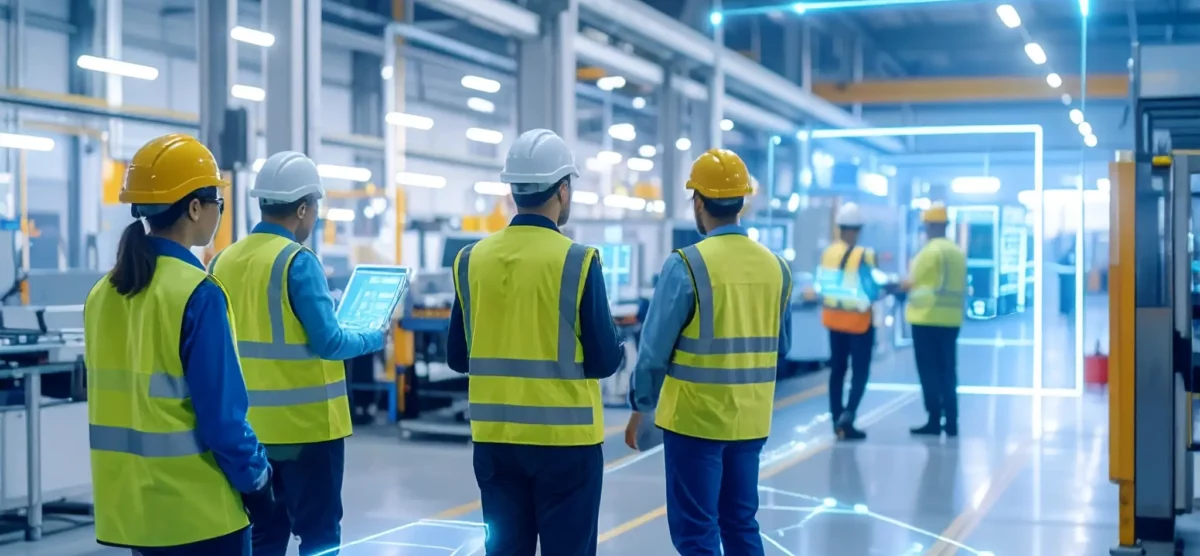
6. Improve Through Feedback
Onboarding isn’t one-and-done. Ask every new hire:
- What could be faster?
- Where did they get stuck?
- What made onboarding easier?
Use that feedback to refine your system and keep improving.
Conclusion: Fast, Safe and Effective
Faster onboarding doesn’t have to mean skipping steps or risking safety. With automation, microlearning, and real-time oversight, you can speed up readiness while strengthening compliance.
That’s the kind of efficiency your safety team and your entire workforce can get behind.


